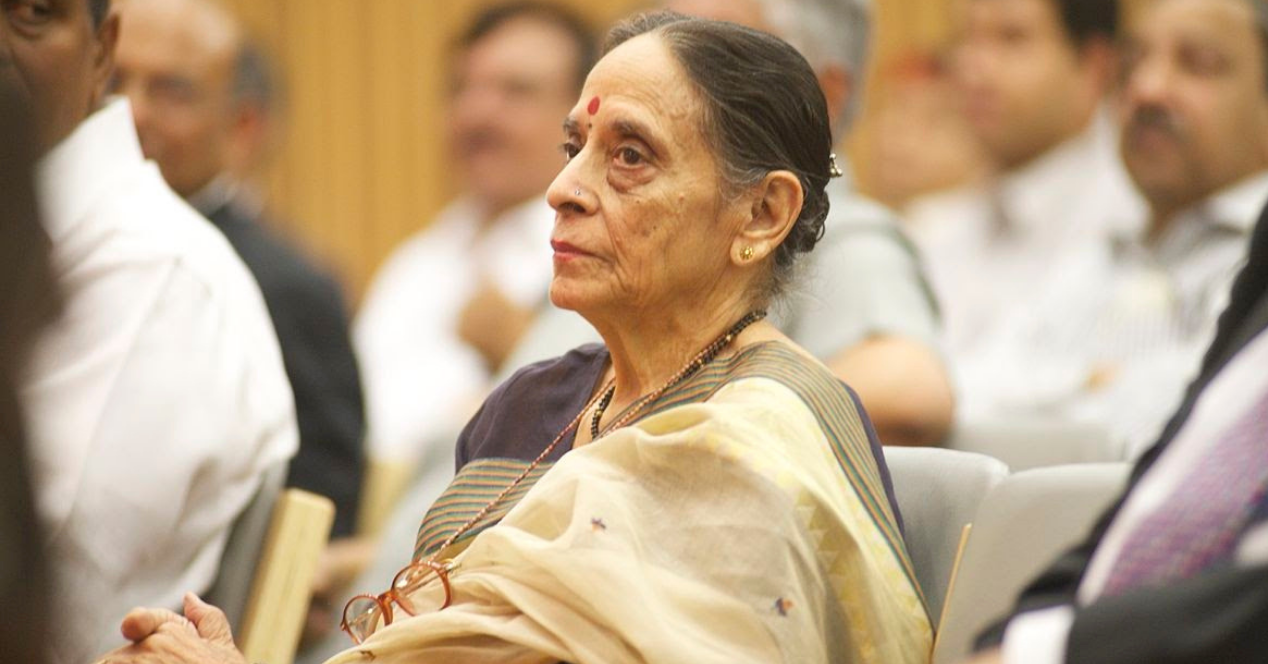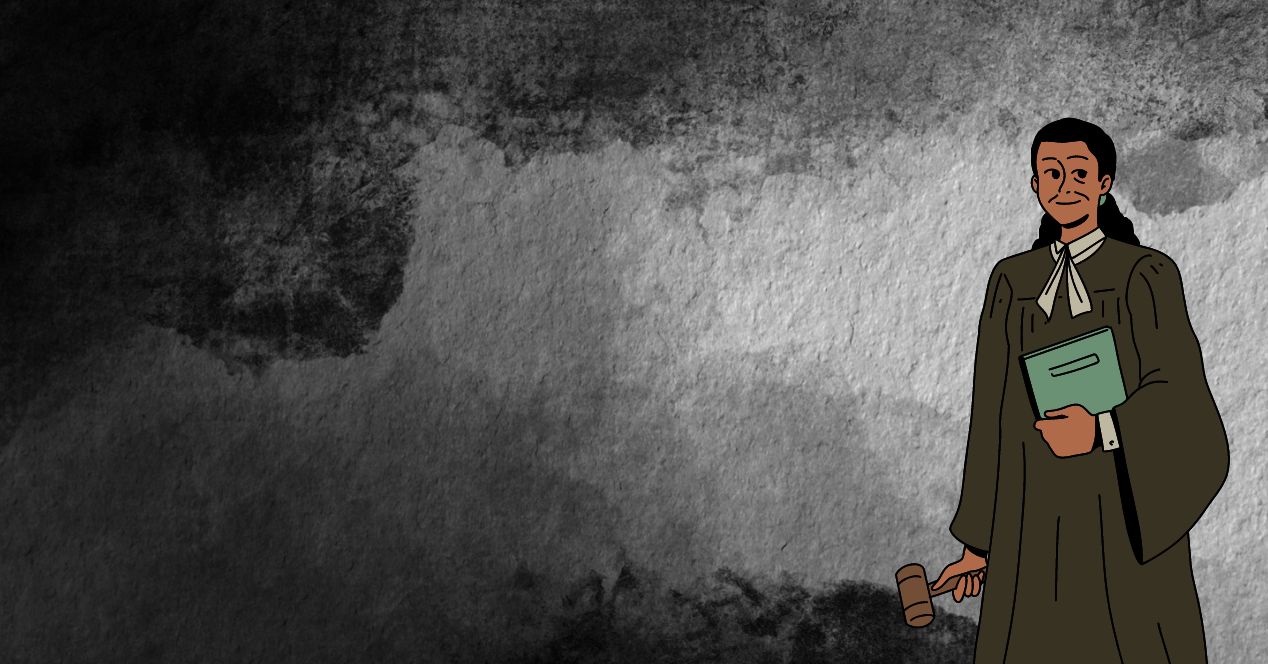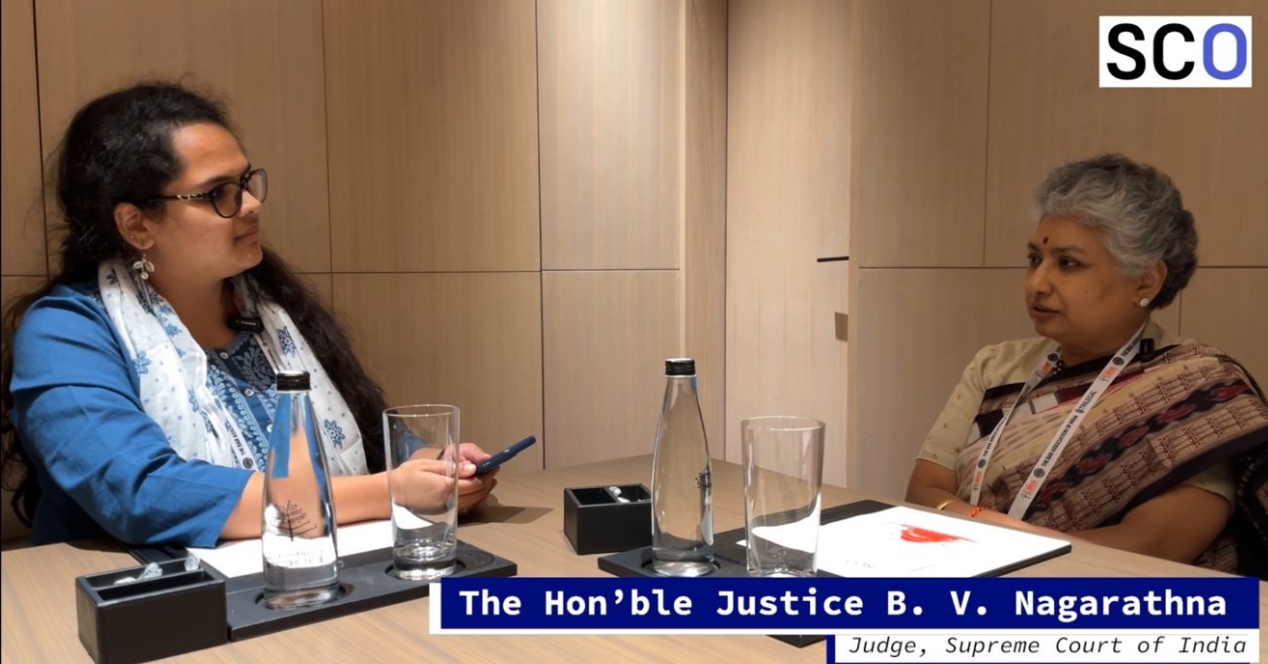Gender Diversity at the Supreme Court of India
75 Years after the establishment of the Supreme Court, the institution has seen just 11 women judges in its corridors.
Transcript
Is the Supreme Court of India still a man’s world?
The numbers seem to suggest so. With Justice Hima Kohli’s retirement in early September 2024, the number of women at the Supreme Court reduced to 2 out of 33.
But this isn’t new. In the last 75 years, the Supreme Court has only had 11 women judges, an abysmal 4% of the total 276 judges. The top court in the country elevated its first woman judge in 1989, four decades after its establishment.
Justice Fathima Beevi retired after 2.5 years of service, the shortest of any woman judge at the court. She was followed by Justice Sujata v. Manohar, who was appointed two years after Justice Beevi’s retirement. Justice Ruma Pal came next and served the longest tenure of any woman judge so far at 6.3 years.
In 2013, along with Justice Gyan Sudha Misra, she formed the first all women bench at the Supreme Court. Justice Misra retired after a 3.9 year tenure. With Justice Ranjana Prakash Desai’s appointment in 2011 and Justice R. Bhanumati’s in 2014, the Supreme Court had three sitting women judges for the first time ever. Another small milestone was crossed as two women judges, Justice Indu Malhotra and Justice Indira Banerjee, were both appointed in the same calendar year—a first for the Court.
In 2021, history was made again as Justice Hima Kohli, Justice B.V. Nagarathna and Justice Bela M. Trivedi were all appointed at once on 31 August 2021. Justice Kohli retired in September this year after serving 3 years at the court.
Among these 11 judges, it is concerning to note that the average tenure of a woman justice is 4.5 years, a whole year less than the total average of all judges.
In an interview with the Supreme Court Observer, Justice B.V. Nagarathna had mentioned that women often give up their post due to marriage and child rearing. “So after the birth of the child, the lady advocate must return to the profession. That is the crucial decision she must take.”
As per the rule of seniority, Justice B.V. Nagarathna will be India’s first woman Chief Justice in 2027. However, she will hold office for just 36 days.
It appears that the system itself isn’t very conducive to a woman’s success. As Justice Kohli had once mentioned, the top court is a lot like the old boys club. In her autobiography “On Balance,” Justice Leila Seth, the first woman Chief Justice of a High Court, has written about the pressures of being a woman in the mostly male judiciary. She had to be firm yet gentle. Make sure she didn’t make too many mistakes and withstand unsavoury, sexist jokes.
At the high court level, 14.1% of all judges are women. That is 106 out of 754 judges. Among them, currently only 2 Chief Justices out of 25 are women. This raises concerns. The Supreme Court Collegium, the 5-member body that recommends judges for appointments to the Supreme Court, has often commented that the selection pool at the high court level itself has very few women.
Then there is also the question of the selection criteria. In its 75 years, the Supreme Court has followed an unwritten rule for elevating judges on the basis of seniority. Usually among the judges under consideration, the senior most judge is appointed to the Supreme Court. The senior most there, that is at the Supreme Court, typically becomes the Chief Justice.
But if there are fewer women in high courts, then naturally lesser women get elevated to the Supreme Court. So what’s the solution?
In recent recommendations, it appears that the court is making a bigger effort to consider other criteria in addition to seniority, like region, religion and caste. However, since 2021 they’ve been silent on gender.
But in small ways, things are looking up. In an attempt to make the Supreme Court more accessible to women, in August (2024) they inaugurated a creche facility that can accommodate 100 children.
For working mothers, this could be the support they need to come back to court. A recent report shows an increase in the number of women working at the district level. The district judiciary now has 36.3% of women in the workforce. But even Chief Justice D.Y. Chandrachud is ready to recognise that there is a lack of diversity in the courts.
While the efforts are positive signs, they don’t seem satisfactory. We can and should expect more from the highest court in the country.
This video was produced and edited by Eshna Benegal.




